The Economic Gap between East and West Germany
The group uses innovative methods to investigate why the economy in eastern Germany is still lagging behind that in western Germany – and what role the privatisation process 30 years ago played in this.
The main project of the group investigates the privatisation of former GDR businesses by the Treuhandanstalt. To what extent did the qualifications of the selected managers or their networking with other decision-makers play a role? How would eastern German firms be performing today if exclusively the most talented entrepreneurs had been put in charge? The group uses data at a micro level (firms, managers, patents, ideas) in order to answer macroeconomic questions with the help of a model estimation. The second research project analyses why highly innovative firms are established less frequently in eastern than in western Germany, and also examines the role of migrants in economic growth and knowledge creation in Germany. Finally, the third research project looks for reasons for the slowing productivity growth in Europe using CompNet data.
Research Cluster
Economic Dynamics and StabilityYour contact

Mitglied - Department Structural Change and Productivity
Refereed Publications
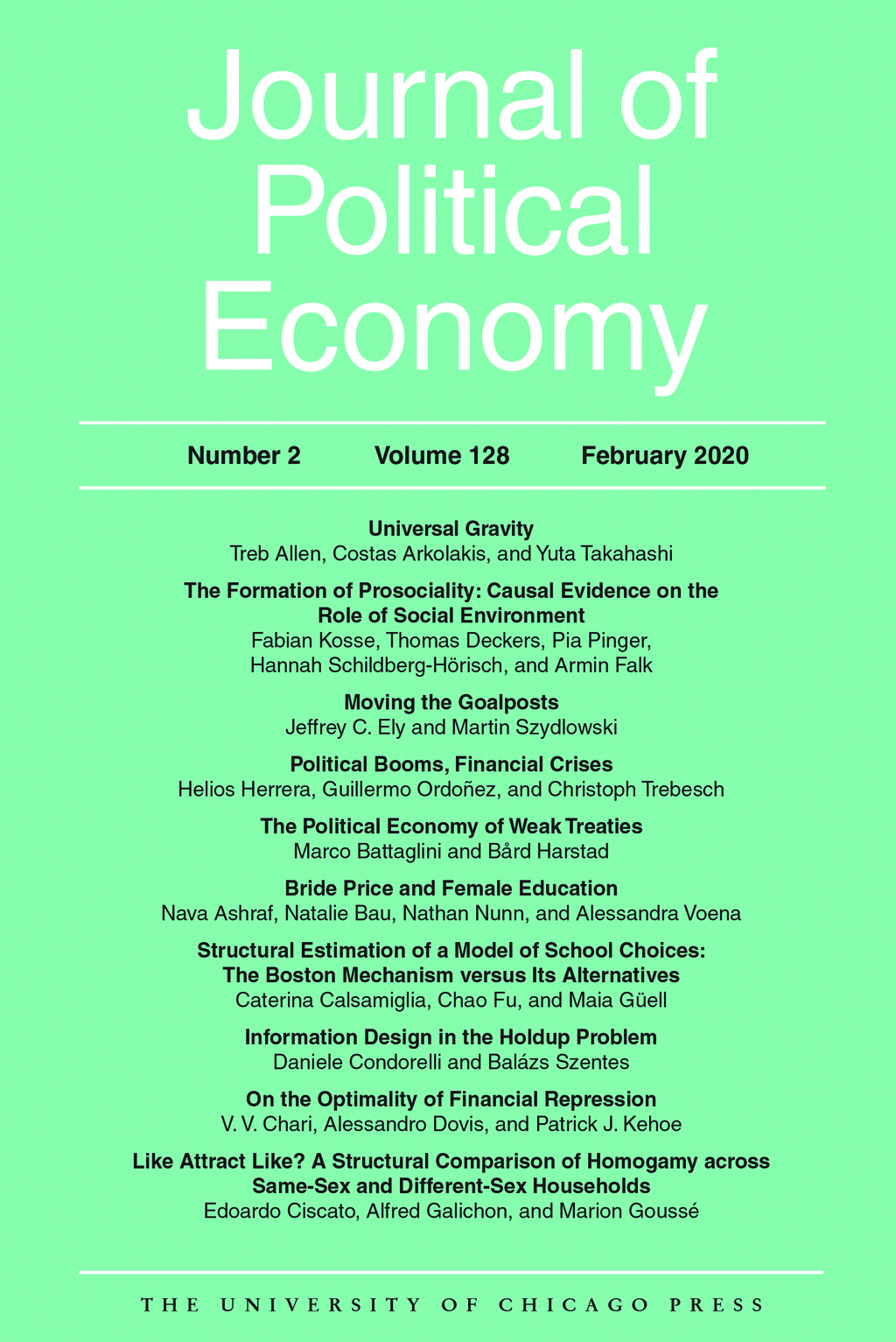
Economic Growth: The Past, the Present, and the Future
in: Journal of Political Economy, No. 6, 2017
Abstract
“Is there some action a government of India could take that would lead the Indian economy to grow like Indonesia’s or Egypt’s? If so, what, exactly? If not, what is it about the ‘nature of India’ that makes it so? The consequences for human welfare involved in questions like these are simply staggering: Once one starts to think about them, it is hard to think about anything else. (Lucas 1988, 5)” These words by the Nobel laureate Chicago economist Robert Lucas Jr. summarize why so many great scholars found it hard to “think about anything else” and spent their careers trying to understand the process of economic growth. Economies are complex systems resulting from the actions of many actors. This complexity makes it challenging, but also infinitely interesting, to understand the determinants of economic growth. What are the roles of human capital, fertility, ideas, basic science, and public policy for growth? These are just some of the important questions that were posed by many highly influential studies featured in the issues of the Journal of Political Economy over the years. Indeed, this journal has been the platform to diffuse many of the brilliant ideas and start important debates in the field of economic growth. In this short paper, my goal is to revisit some of those seminal papers, briefly describe some of the more recent contributions, and end with some thoughts about the future direction of the field. The reader should note in advance that the list of work covered here is by no means exhaustive and mostly targets work that has been featured in issues of the JPE.
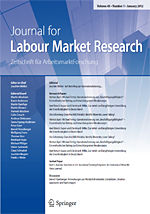
Imputation Rules for the Implementation of the Pre-unification Education Variable in the BASiD Data Set
in: Journal for Labour Market Research, 2017
Abstract
Using combined data from the German Pension Insurance and the Federal Employment Agency (BASiD), this study proposes different procedures for imputing the pre-unification education variable in the BASiD data. To do so, we exploit information on education-related periods that are creditable for the Pension Insurance. Combining these periods with information on the educational system in the former GDR, we propose three different imputation procedures, which we validate using external GDR census data for selected age groups. A common result from all procedures is that they tend to underpredict (overpredict) the share of high-skilled (low-skilled) for the oldest age groups. Comparing our imputed education variable with information on educational attainment from the Integrated Employment Biographies (IEB) reveals that the best match is obtained for the vocational training degree. Although regressions show that misclassification with respect to IEB information is clearly related to observables, we do not find any systematic pattern across skill groups.
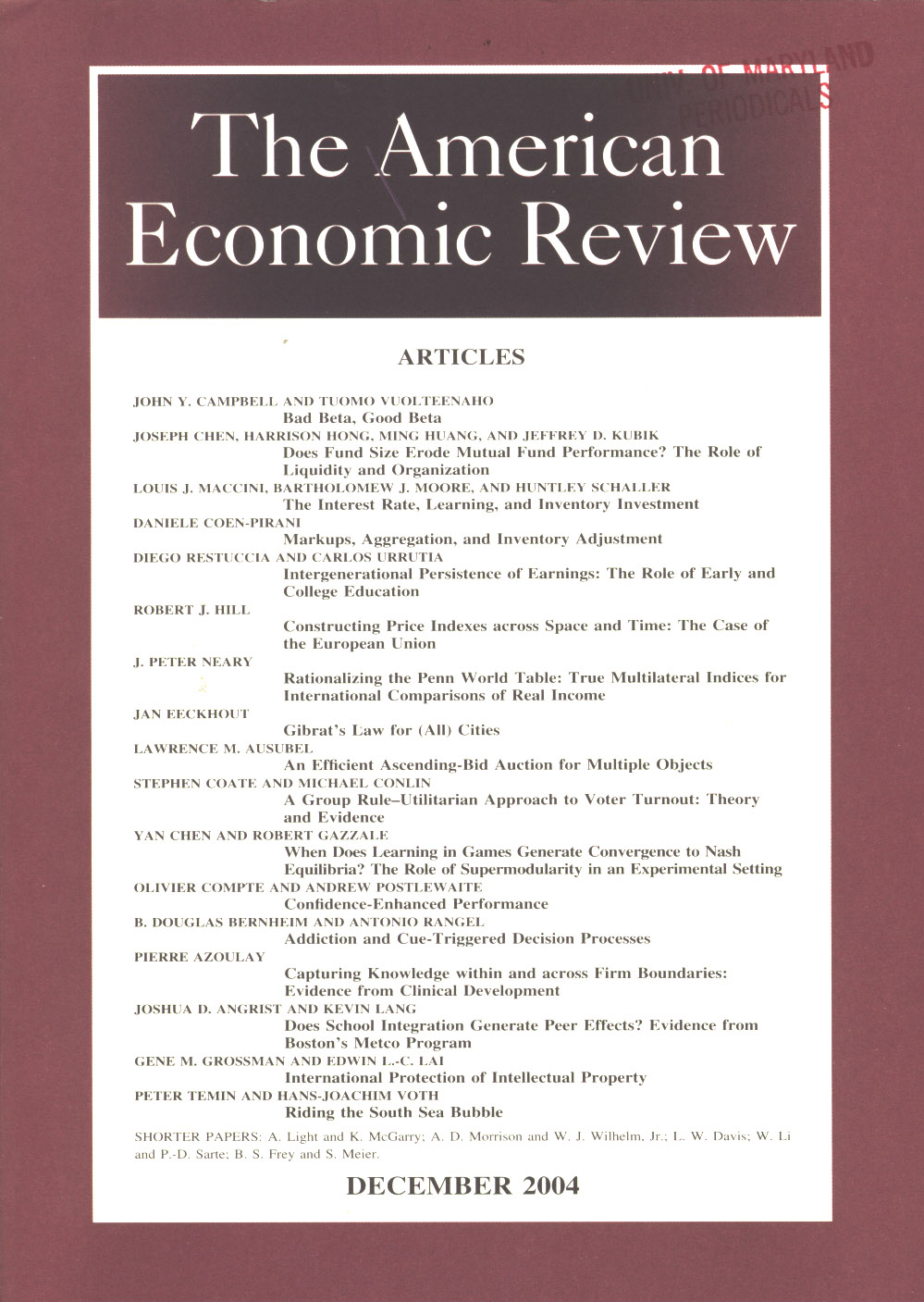
Immigration and the Rise of American Ingenuity
in: American Economic Review, No. 5, 2017
Abstract
We build on the analysis in Akcigit, Grigsby, and Nicholas (2017) by using US patent and census data to examine the relationship between immigration and innovation. We construct a measure of foreign born expertise and show that technology areas where immigrant inventors were prevalent between 1880 and 1940 experienced more patenting and citations between 1940 and 2000. The contribution of immigrant inventors to US innovation was substantial. We also show that immigrant inventors were more productive than native born inventors; however, they received significantly lower levels of labor income. The immigrant inventor wage-gap cannot be explained by differentials in productivity.

Creative Destruction and Subjective Well-being
in: American Economic Review, No. 12, 2016
Abstract
In this paper we analyze the relationship between turnover-driven growth and subjective well-being. Our model of innovation-led growth and unemployment predicts that: (i) the effect of creative destruction on expected individual welfare should be unambiguously positive if we control for unemployment, less so if we do not; (ii) job creation has a positive and job destruction has a negative impact on well-being; (iii) job destruction has a less negative impact in areas with more generous unemployment insurance policies; and (iv) job creation has a more positive effect on individuals that are more forward-looking. The empirical analysis using cross sectional MSA (metropolitan statistical area)-level and individual-level data provide empirical support to these predictions.
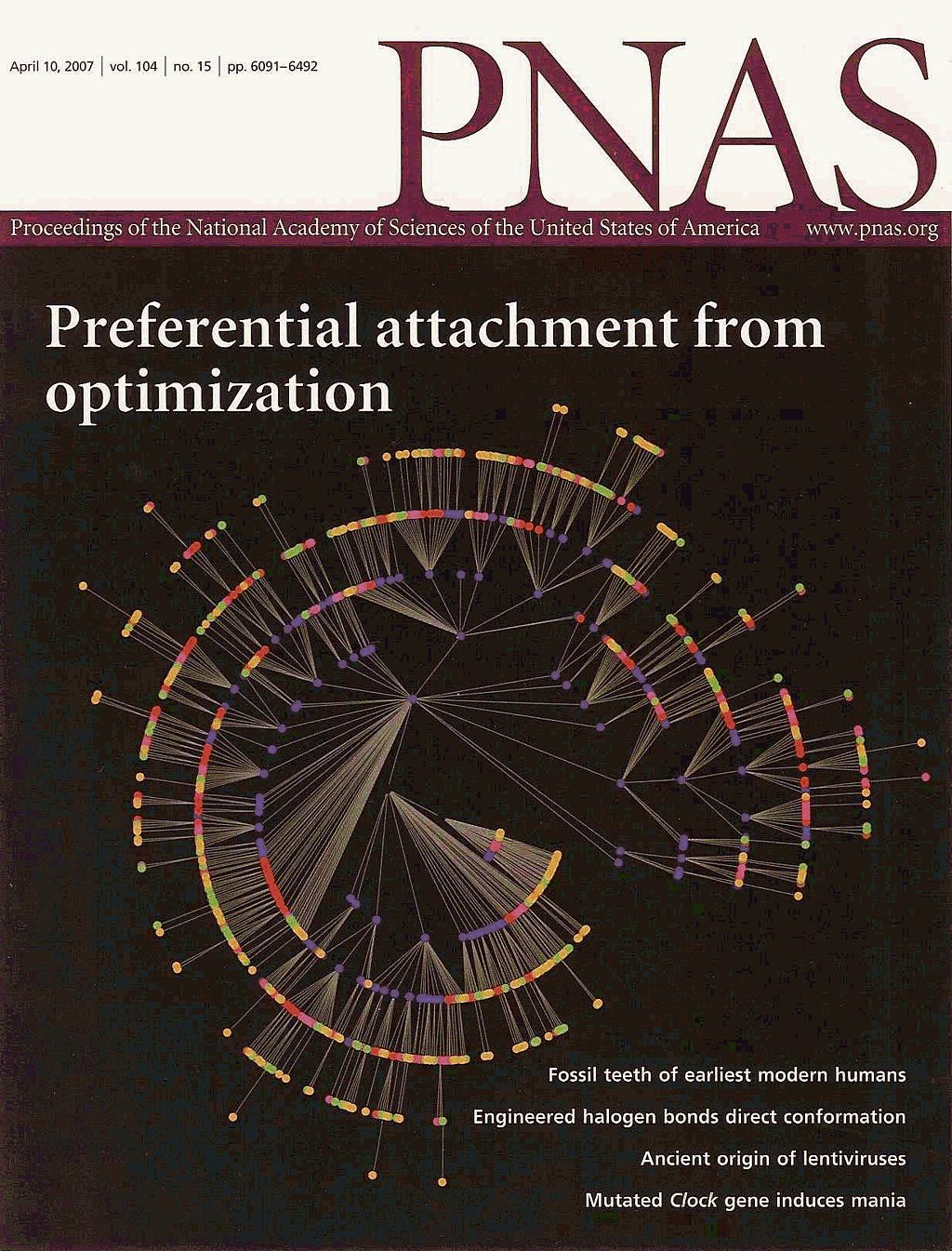
Innovation Network
in: Proceedings of the National Academy of Sciences of the United States of America (PNAS), No. 41, 2016
Abstract
Technological progress builds upon itself, with the expansion of invention in one domain propelling future work in linked fields. Our analysis uses 1.8 million US patents and their citation properties to map the innovation network and its strength. Past innovation network structures are calculated using citation patterns across technology classes during 1975–1994. The interaction of this preexisting network structure with patent growth in upstream technology fields has strong predictive power on future innovation after 1995. This pattern is consistent with the idea that when there is more past upstream innovation for a particular technology class to build on, then that technology class innovates more.
Working Papers
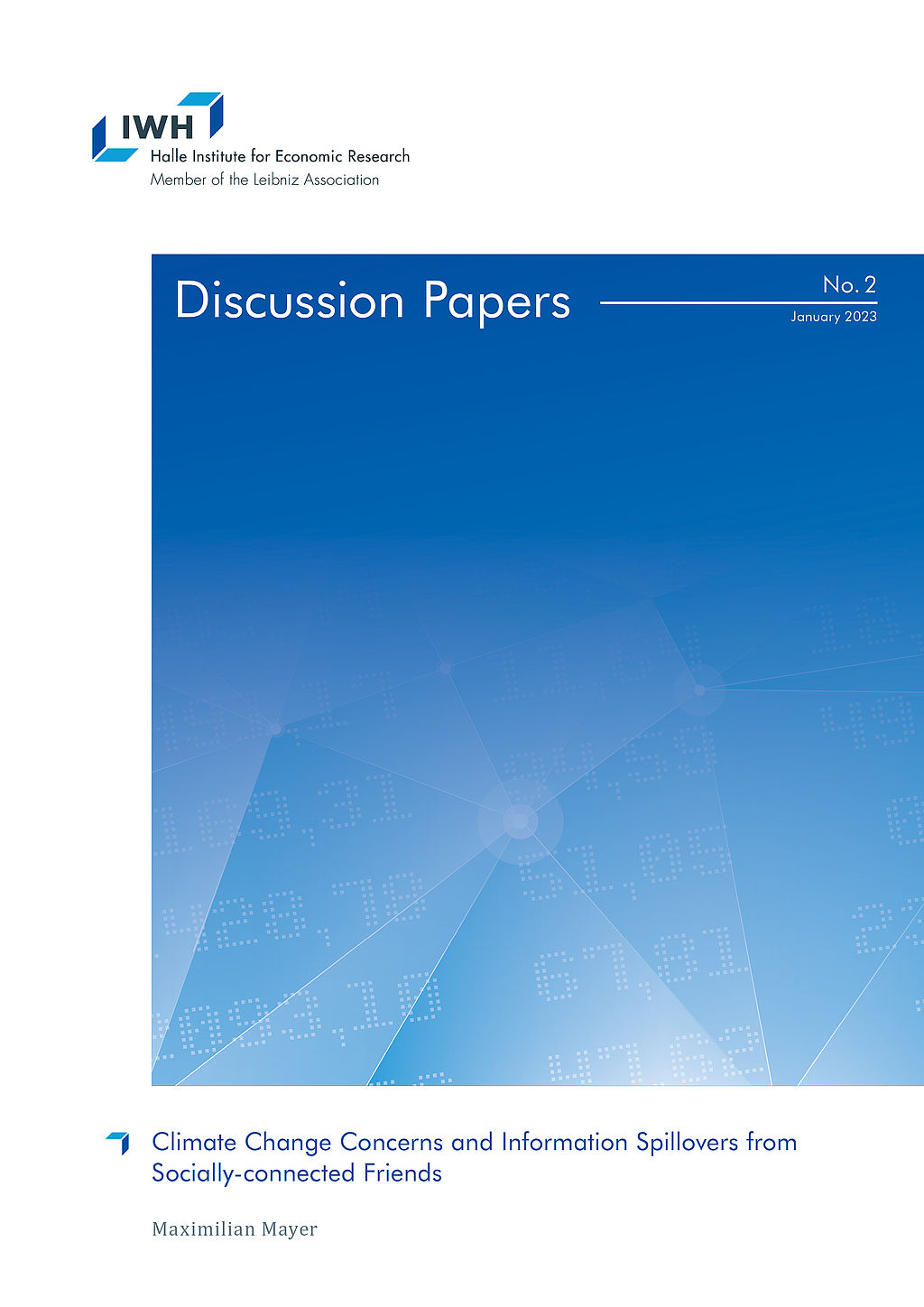
Climate Change Concerns and Information Spillovers from Socially-connected Friends
in: IWH Discussion Papers, No. 2, 2023
Abstract
This paper studies the role of social connections in shaping individuals’ concerns about climate change. I combine granular climate data, region-level social network data and survey responses for 24 European countries in order to document large information spillovers. Individuals become more concerned about climate change when their geographically distant friends living in sociallyconnected regions have experienced large increases in temperatures since 1990. Exploring the heterogeneity of the spillover effects, I uncover that the learning via social networks plays a central role. Further, results illustrate the important role of social values and economic preferences for understanding how information spillovers affect individual concerns.
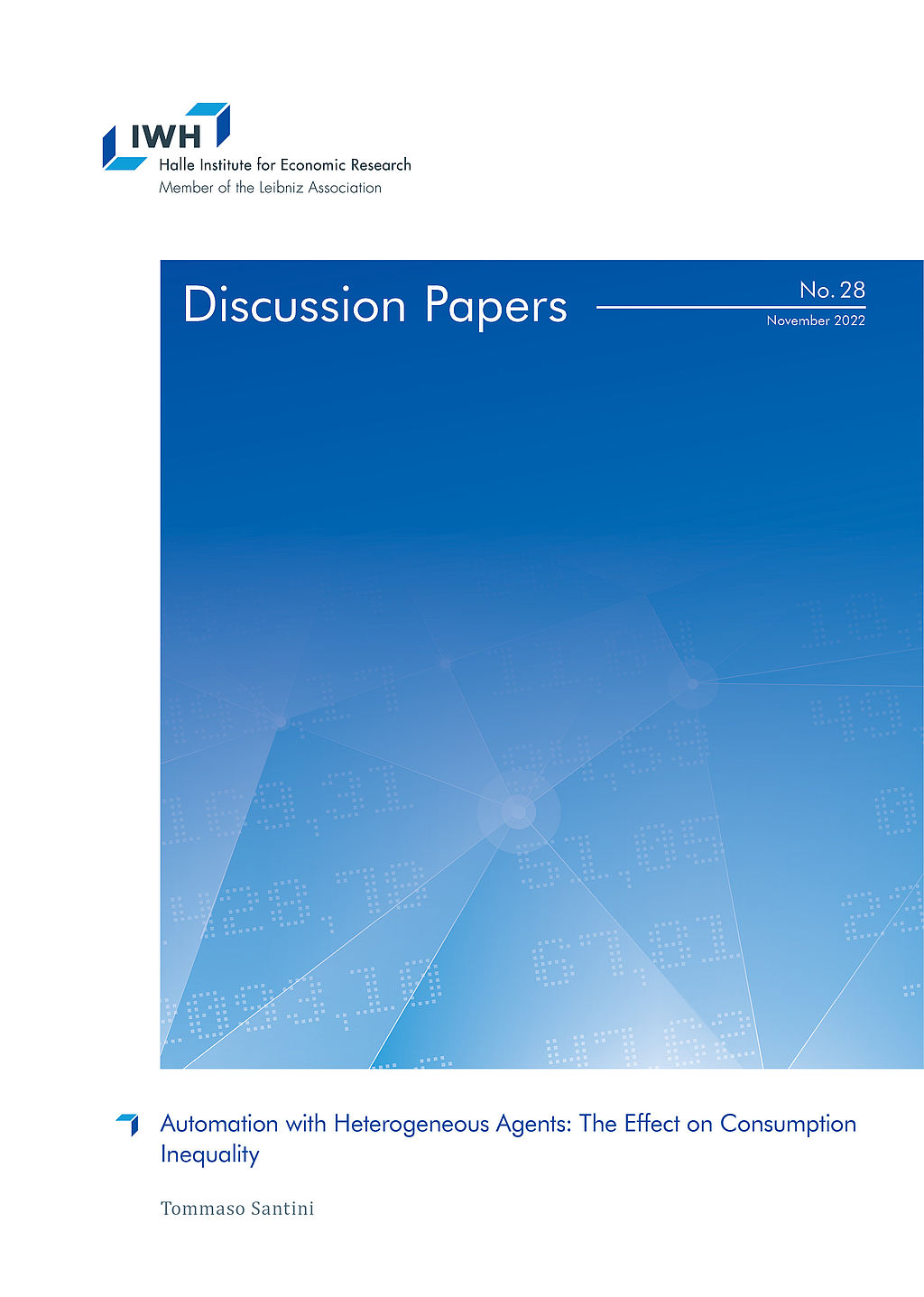
Automation with Heterogeneous Agents: The Effect on Consumption Inequality
in: IWH Discussion Papers, No. 28, 2022
Abstract
In this paper, I study technological change as a candidate for the observed increase in consumption inequality in the United States. I build an incomplete market model with educational choice combined with a task-based model on the production side. I consider two channels through which technology affects inequality: the skill that an agent can supply in the labor market and the level of capital she owns. In a quantitative analysis, I show that (i) the model replicates the increase in consumption inequality between 1981 and 2008 in the US (ii) educational choice and the return to wealth are quantitatively important in explaining the increase in consumption inequality.

The Value of Firm Networks: A Natural Experiment on Board Connections
in: SAFE Working Papers, No. 269, 2022
Abstract
We present causal evidence on the effect of boardroom networks on firm value and compensation policies. We exploit a ban on interlocking directorates of Italian financial and insurance companies as exogenous variation and show that firms that lose centrality in the network experience negative abnormal returns around the announcement date. The key driver of our results is the role of boardroom connections in reducing asymmetric information. The complementarities with the input-output and cross-ownership networks are consistent with this channel. Using hand-collected data, we also show that network centrality has a positive effect on directors’ compensation, providing evidence of rent sharing.
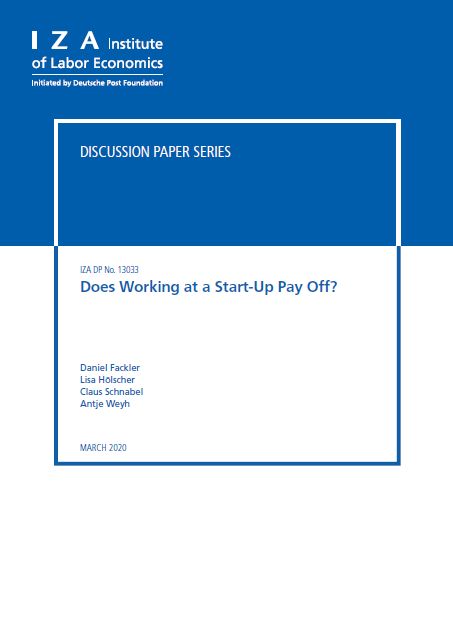
Automation, Globalization and Vanishing Jobs: A Labor Market Sorting View
in: IZA Discussion Paper, No. 13267, 2020
Abstract
We show, theoretically and empirically, that the effects of technological change associated with automation and offshoring on the labor market can substantially deviate from standard neoclassical conclusions when search frictions hinder efficient assortative matching between firms with heterogeneous tasks and workers with heterogeneous skills. Our key hypothesis is that better matches enjoy a comparative advantage in exploiting automation and a comparative disadvantage in exploiting offshoring. It implies that automation (offshoring) may reduce (raise) employment by lengthening (shortening) unemployment duration due to higher (lower) match selectivity. We find empirical support for this implication in a dataset covering 92 occupations and 16 sectors in 13 European countries from 1995 to 2010.
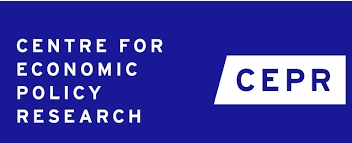
The Value of Firm Networks: A Natural Experiment on Board Connections
in: CEPR Discussion Papers, No. 14591, 2020
Abstract
This paper presents causal evidence of the effects of boardroom networks on firm value and compensation policies. We exploit exogenous variation in network centrality arising from a ban on interlocking directorates of Italian financial and insurance companies. We leverage this shock to show that firms whose centrality in the network rises after the reform experience positive abnormal returns around the announcement date and are better hedged against shocks. Information dissemination plays a central role: results are driven by firms that have higher idiosyncratic volatility, low analyst coverage, and more uncertainty surrounding their earnings forecasts. Firms benefit more from boardroom centrality when they are more central in the input-output network, hence more susceptible to upstream shocks, when they are less central in the cross-ownership network, or when they have low profitability or low growth opportunities. Network centrality also results in higher directors' compensation, due to rent sharing and improved executives' outside option, and more similar compensation policies between connected firms.












